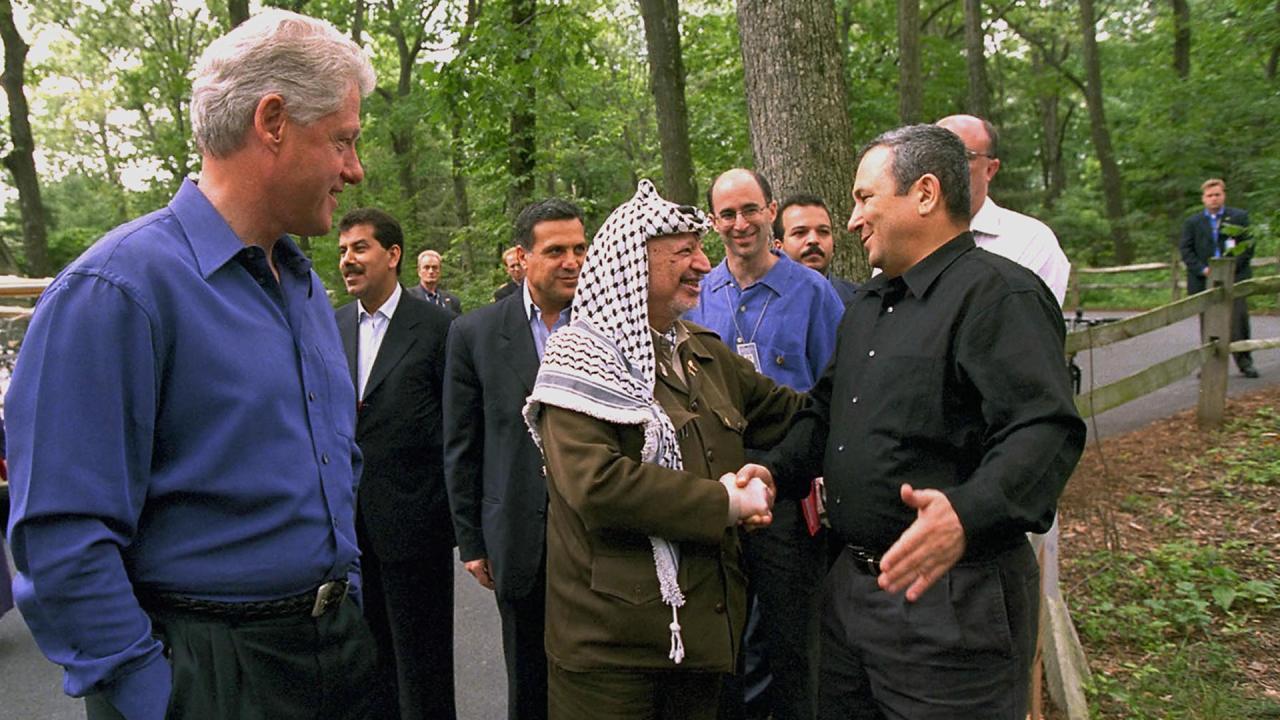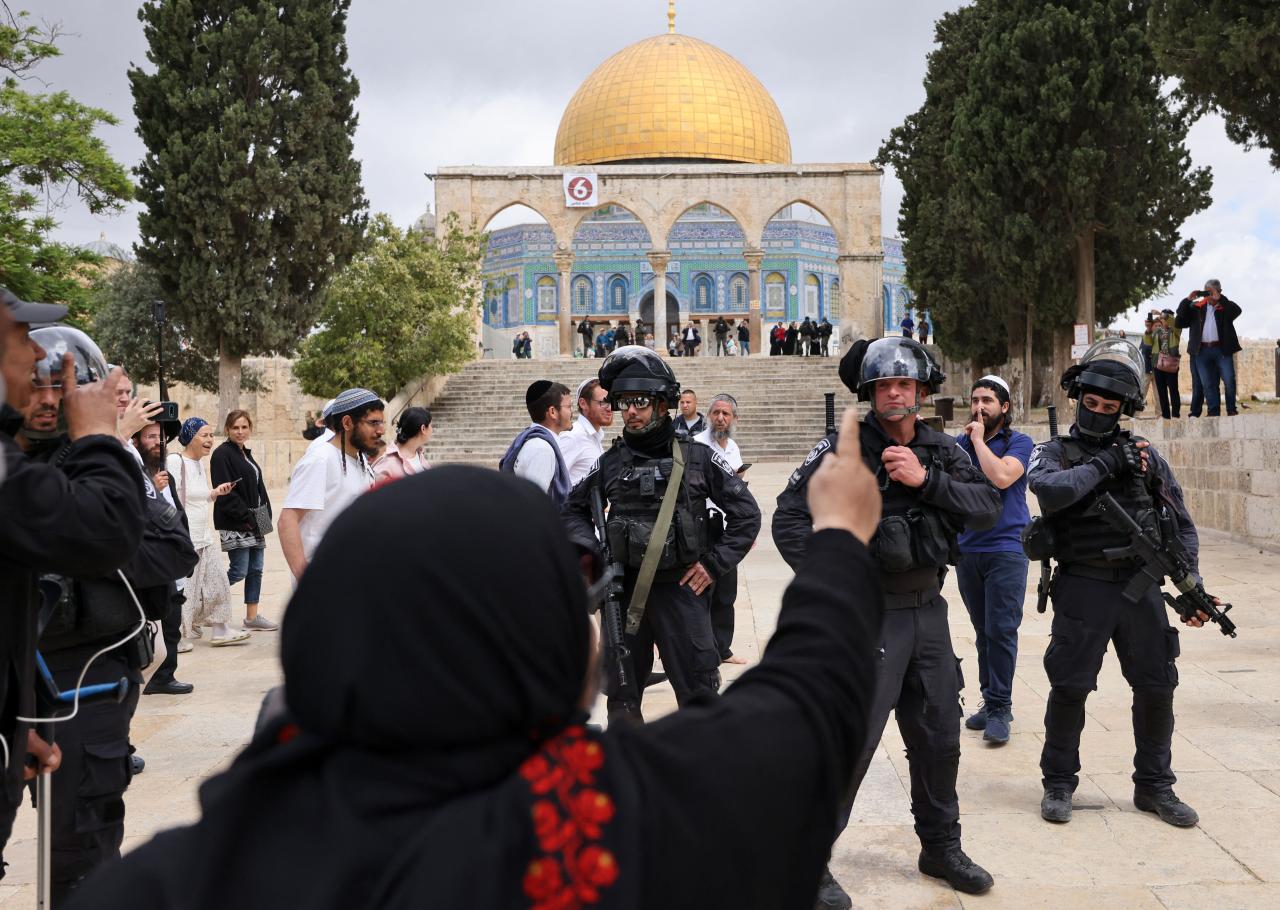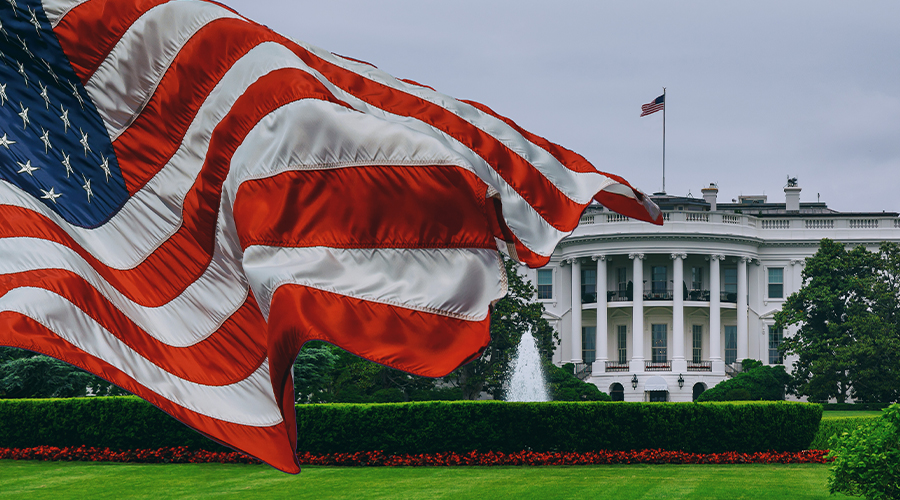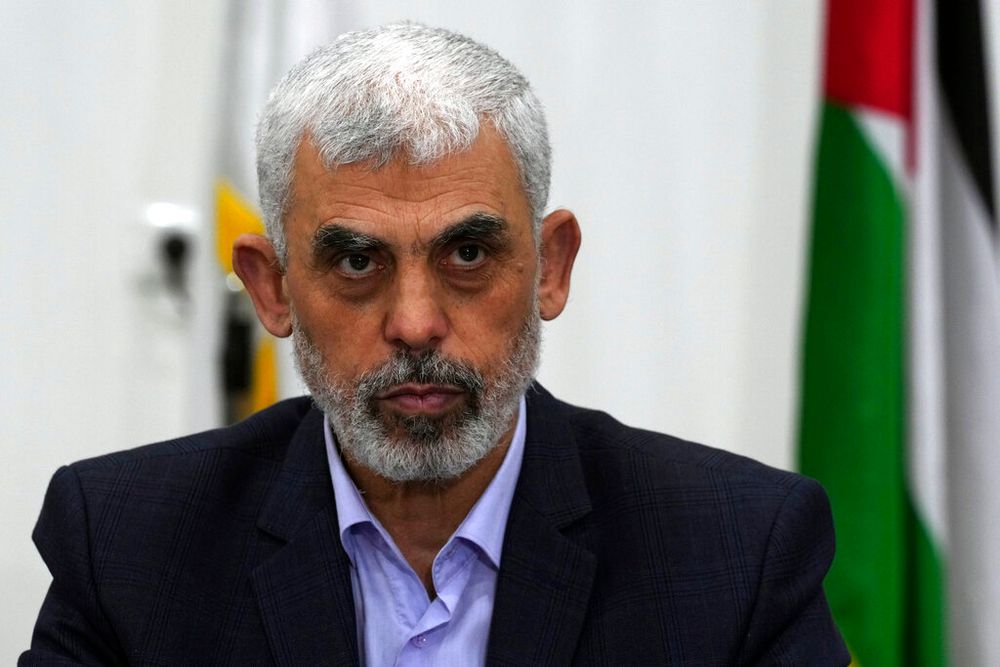From Bill Clinton to Joe Biden: US proposals of peace plans for Palestine
Published: 2024-02-17 15:39
Last Updated: 2024-04-29 01:48
Editor: Sara Al Faqir ،Odai Safi
After 134 days of Israeli Occupation's aggression on the Gaza Strip, and with the security and military system of the occupation being challenged by Palestinian resistance elements, discussions have reignited regarding long-term peace between Palestinians and "Israelis".
This discourse has been fueled by the current United States administration's proposal of a new peace plan that includes Arab participation. It has evoked memories of the Camp David negotiations involving Palestinians, "Israelis", and Americans, prompting questions about the fate of the agreements reached during those talks.
- Camp David Summit -
23 years ago, the Camp David summit took place from July 11-24, 2000, at the presidential retreat in Camp David, Maryland. Attending were President Bill Clinton, Israeli Occupation Prime Minister Ehud Barak, and the Chairman of the Palestinian Liberation Organization (PLO) Yasser Arafat. The summit’s goals were, ostensibly, to negotiate a final settlement of the Palestinian-"Israeli" conflict in accordance with the 1993 Oslo Agreement.

The Israeli Occupation tentatively agreed to relinquish parts of its sovereignty over the Old City of Jerusalem and Al-Aqsa Mosque, according to documents declassified last July.
This came to light during the publication by the Israeli Occupation Archives of the official response to former US President Bill Clinton's peace proposal between the "Israelis" and Palestinians in 2000.
- How was peace outlined back then? -
The talks and approvals given by the Israeli Occupation for these proposals were deemed progressive - particularly because the Israeli Occupation demanded eight percent of the West Bank, where 80 percent of the settlers and most Palestinians reside, without offering any land in exchange in that area.
In contrast, the proposed land exchange in the Gaza Strip, which included substantial areas of settlements under the Israeli Occupation, would not surpass 2 percent.
The documents pertaining to those negotiations were released as part of Noah Kinarti's archival collection, who played a role as one of the negotiators for the Israeli Occupation during the peace talks.
These documents comprised official responses from both Palestinians and "Israelis", elucidating the contrasts between the two sides. Moreover, among these records was a document in Hebrew delineating the Israeli Occupation's concerns regarding President Clinton's proposal.
Regarding Jerusalem, Clinton proposed that "what is Arab should be Palestinian, and what is Jewish should be Israeli." The Israeli Occupation responded to the proposal by expressing concerns that it would create significant logistical problems and emphasized the urgent need for "special arrangements."
The documents indicated that the Israeli Occupation abandoned its demand for Palestinian sovereignty to be limited to the predominantly Arab neighborhoods adjacent to the Old City. Instead, a proposal was then put forward to divide the Old City between the Israeli Occupation and Palestine.
The Israeli Occupation suggested that from the Jaffa Gate in the Old City, the area straight ahead and to the left would belong to Palestine, while the area to the right would belong to "Israel” while the American proposals regarding the Al-Aqsa Mosque granted sovereignty over the site to the Palestinians and sovereignty over the Western Wall adjacent to it to the Israeli Occupation.

The first proposal would grant "Israel" sovereignty over "the Jewish Sacred Space that is part of it, or the Holy of Holies that is part of it."
The second proposal would involve "joint functional sovereignty over excavations beneath the Al-Aqsa Mosque or behind the Wall."
These proposals were met with preliminary approvals from “Israel” as it considered Clinton's plan as "a basis for discussion, provided it remains essentially accepted by the Palestinians." The Israeli Occupation affirmed that it would seek clarification on several vital issues "important to Israel."
- Seventh of October unveils "Israeli" right-wing intentions -
After 23 years from the Camp David Summit, which ultimately yielded no lasting agreement, settlement expansion in the West Bank has surged dramatically. By December 31st of 2023, the number of settlers had skyrocketed to 517,407.
Additionally, estimates suggest that as of the beginning of 2023, there were approximately 176 settlements and 186 settlement outposts scattered across the West Bank.
Concurrently, the Israeli Occupation has facilitated broader intrusions and violations in the Al-Aqsa Mosque and the city itself. This has included widespread incursions and enabling violations by armed settlers. Furthermore, Palestinians have faced increased restrictions on their movement and work, leading to growing discontent among the population.
These developments have shed light on the true nature of the Zionist settlement project and its detrimental impact on the displacement of Palestinians in both the West Bank and Gaza. Moreover, they underscore the obstacles it poses to the resolution of the Palestinian cause as a whole.

“Operation Aqsa Typhoon” carried out by the Palestinian resistance movement Hamas and several other Palestinian factions, came in response to these violations. It aimed to hinder the Israeli Occupation project aimed at liquidating the issue and gaining control over the entire Al-Aqsa Mosque to further their religious agenda.
Operation Aqsa Typhoon was instrumental in slowing down the Israeli Occupation's agenda and exposing its true intentions to the global community. This was particularly crucial as it revealed the right-wing aspirations of the occupation without the previous veils of disguise.
Furthermore, the aim of the resistance through this operation was to put a stop to the violations occurring at the Al-Aqsa Mosque and to alleviate the suffering of Palestinians in the West Bank - as they endure a suffocating siege imposed by the occupation and face numerous security checkpoints that threaten their lives and livelihoods. These challenges were detailed in an 18-page manifesto released earlier by Hamas in January.
The movement asserted that Operation Aqsa Typhoon was a necessary and natural response to confront the Israeli Occupation's agenda, which seeks to undermine the Palestinian cause, assert control over the land, and impose sovereignty over the Al-Aqsa Mosque.
Additionally, it aimed to end the unjust siege on the Gaza Strip. It was seen as part of the broader struggle to free Palestine from occupation, regain national rights, achieve independence and freedom, exercise the right to self-determination, and establish an independent Palestinian state with Jerusalem as its capital.
- Peace post October 7 -
After October 7, there was a significant shift in the peace dynamics in the Middle East. The total breakdown of the security structure within the Israeli Occupation prompted Western powers to urgently address the future security concerns of the occupation.
Consequently, the US and its allies reintroduced initiatives and peace plans between Palestinians and "Israelis" with the aim of achieving a two-state solution, albeit from an American standpoint.

On another front, there's been some disclosure about the American-Arab peace plan and a potential ceasefire in Gaza. Western leaders have also hinted at the explicit recognition of an independent Palestinian state or involvement in shaping a new peace process between Palestinians and "Israelis."
The American initiative aims to establish long-term peace in the occupied territories, involving all concerned parties. Spearheaded by President Joe Biden's administration and a select group of Arab regional partners, the plan reportedly includes a well-defined timeline for declaring an independent Palestinian state, as reported by The Washington Post.
Certain aspects of the plan aim to evacuate "Israeli" settlements in the West Bank, designate East Jerusalem as the capital for Palestinians, initiate the reconstruction of Gaza, and establish clear security and governance arrangements in both the West Bank and Gaza. Additionally, assurances of security and normalization of relations with Saudi Arabia are expected to be extended to the Israeli Occupation, according to credible sources.
Former Jordanian Deputy Prime Minister and Foreign Minister Marwan Muasher previously emphasized that there's no peaceful resolution to the Palestinian cause, nor is the two-state solution viable. He pointed out that previous treaties lacked clarity regarding the final form of negotiations.
Muasher proposed recognizing the Palestinian state based on the 1967 borders, establishing a clear framework and definitive limits by the US for peace talks, halting all settlement activities in the West Bank, and considering Gaza's governance not as the ultimate objective but as a step toward ending the Israeli Occupation and achieving a two-state solution.
- American plans -
Despite varying opinions on the Oslo Accords between the Palestine Liberation Organization (PLO) and "Israel," they laid the groundwork for crucial negotiations aimed at establishing an independent Palestinian state.
These negotiations addressed key issues such as Jerusalem, water rights, refugee concerns, governance, security arrangements, financial support, and diplomatic relations with neighboring countries.
However, despite the Oslo Accords' intentions, subsequent years saw a failure to achieve the envisioned outcomes. This led figures like Yasser Arafat, Bill Clinton, and Ehud Barak to convene at the Camp David summit in 2000 to revisit these unresolved matters. Yet, these critical discussions seem to have slipped the current US administration's agenda, either overlooked or deliberately ignored.
Observers have raised questions about the fate of proposals made by former US President Bill Clinton in 2000. They express surprise at the current Democratic administration's neglect of these significant issues, many of which were favorable to the Palestinian cause.
They argue that the current American proposals are unrealistic, especially given the Israeli Occupation right-wing's steadfast opposition to the idea of an independent Palestinian state or any peace agreement with the Palestinians.

Observers see the American proposals as a new set of measures aimed at tranquilizing Palestinians, intended to stall for time and allow the Israeli Occupation to restructure its plans, especially those concerning Palestinian displacement. The demographic shift, where the Palestinian population in occupied cities surpassed that of Jews for the first time in history in 1948, presents a challenge that cannot be ignored.
Moreover, after 134 days since the Gaza Strip aggression began, Abu Obaida, the spokesperson for the Al-Qassam Brigades, stated that Operation Aqsa Typhoon was initiated for Jerusalem. The American plan, however, skirted around this issue, providing only a surface-level approach. This lack of depth complicates the execution of the plan.
The lingering question persists: Will peace be ultimately enforced in the Middle East? The answer lies within the ongoing dynamics between the Palestinian and "Israeli" sides, as they hold the sole power to shape the future of this deeply entrenched and challenging issue.


